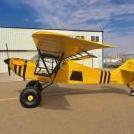Sign in to follow this
Followers
0

Sealing the firewall?
Started by
RDavidson,
23 posts in this topic
Create an account or sign in to comment
You need to be a member in order to leave a comment
Sign in to follow this
Followers
0